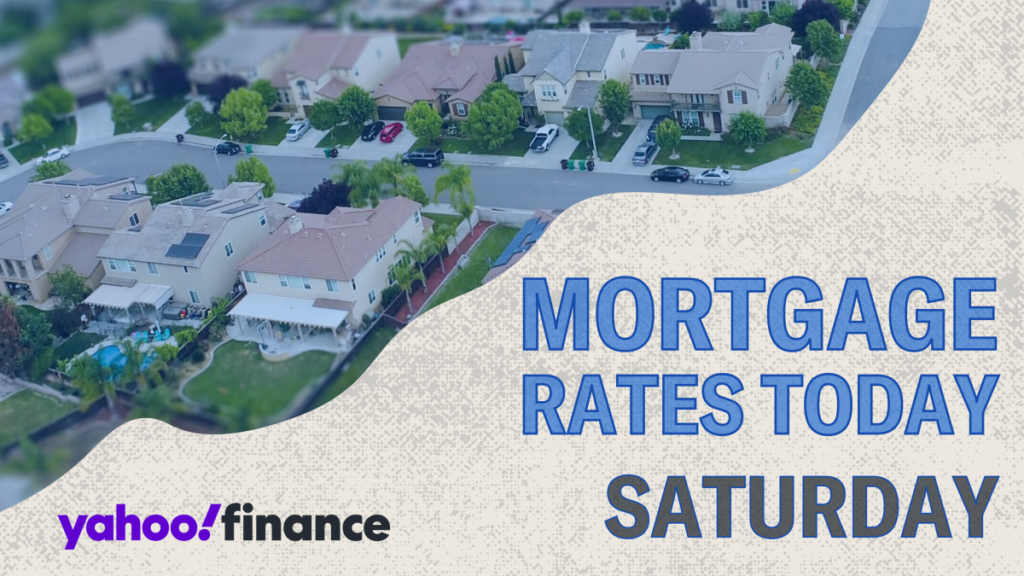Mortgage rates have seen a notable increase today, with the 30-year fixed mortgage rate climbing 15 basis points to 6.02%. This marks the first time since late August that the 30-year rate has surpassed the 6% threshold. The hike in rates can be attributed to a robust September jobs report that exceeded economists’ predictions, revealing a healthier job market. While a thriving job market typically signals economic strength, it can also lead to heightened expectations regarding Federal Reserve monetary policy, particularly concerning interest rate adjustments. Analysts now foresee only a modest federal funds rate cut of 25 basis points during the Fed’s upcoming November meeting, with some speculating that no cuts may occur at all. These perspectives on the U.S. economy seemingly contribute to the rise in mortgage rates observed today.
In detail, the latest mortgage rates, according to Zillow, indicate specific figures for various loan types. The 30-year fixed mortgage rate is set at 6.02%, while the 20-year fixed rate stands at 5.82%, and the 15-year fixed option is at 5.24%. For adjustable-rate mortgages, the current 5/1 ARM is noted at 6.36% and the 7/1 ARM is 6.32%. For VA loans, the 30-year option is at 5.31% and the 15-year rate at 5.03%. These figures represent national averages rounded to the nearest hundredth, providing homebuyers and refinancers a clear snapshot of the current market situation.
In terms of mortgage refinance, today’s rates reflect a similar trend. The 30-year fixed refinance rate is pegged at 6.11%, with the 20-year fixed at 6.05%. The 15-year fixed refinance rate is at 5.38%, while ARMs are marked at 6.63% for 5/1 and 6.19% for 7/1 options. VA loans average 5.27% for the 30-year and 5.10% for the 15-year, whereas FHA options list the 30-year rate at 5.25% and the 15-year at 5.08%. It is worth noting that refinance rates can often be higher than purchase rates, adding another layer of complexity to the decision-making process for homeowners considering refinancing their existing loans.
For prospective buyers or those looking to refinance, utilizing a mortgage calculator can simplify understanding how different interest rates and term lengths impact monthly payments. Platforms like Yahoo Finance offer tools that calculate estimated payments while accounting for important factors such as homeowners insurance, property taxes, and any additional fees tied to mortgage insurance or association dues. This comprehensive approach facilitates a more accurate estimate of overall costs, aiding buyers and refinancers in making informed decisions regarding their financial commitments.
Evaluating mortgage options reveals distinct pros and cons between 30-year and 15-year fixed mortgages. The 30-year fixed mortgage offers lower and predictable monthly payments, largely due to the extended repayment period. In contrast, the 15-year fixed mortgage comes with lower interest rates and allows borrowers to pay off their loans more quickly, potentially saving thousands in interest. However, the shorter repayment window leads to higher monthly payments that require careful financial consideration. Moreover, adjustable-rate mortgages (ARMs) provide initial lower rates compared to fixed options, but they introduce a level of uncertainty after the introductory period ends, potentially leading to increased monthly payments thereafter.
As for the housing market conditions, they present a mixed outlook for potential buyers. Current trends show that purchasing a home is relatively favorable compared to earlier years, as mortgage rates had been declining since August and home price inflation has stabilized. However, recent increases in rates raise questions about the timing of purchases. If buyers are not in immediate need of a home, waiting until at least 2025, when rates are anticipated to decrease further, may be a prudent strategy. Ultimately, the unpredictability of the market means there are no guarantees that mortgage rates will decline as expected, with the potential for heightened competition and rising prices should rates eventually fall.
Lastly, frequently asked questions reveal insights into the current mortgage landscape. The average 30-year mortgage rate stands at 6.02%, with variations based on geographical locations. Predictions suggest rates may not significantly decrease throughout 2024, but a decline is likely in 2025. Buyers are encouraged to consider strategies for securing the lowest refinance rates, which include improving credit scores and reducing debt-to-income ratios, alongside the option of refinancing into shorter loan terms. These actions can potentially create a more favorable financial outcome for individuals navigating the mortgage process in a fluctuating market.

